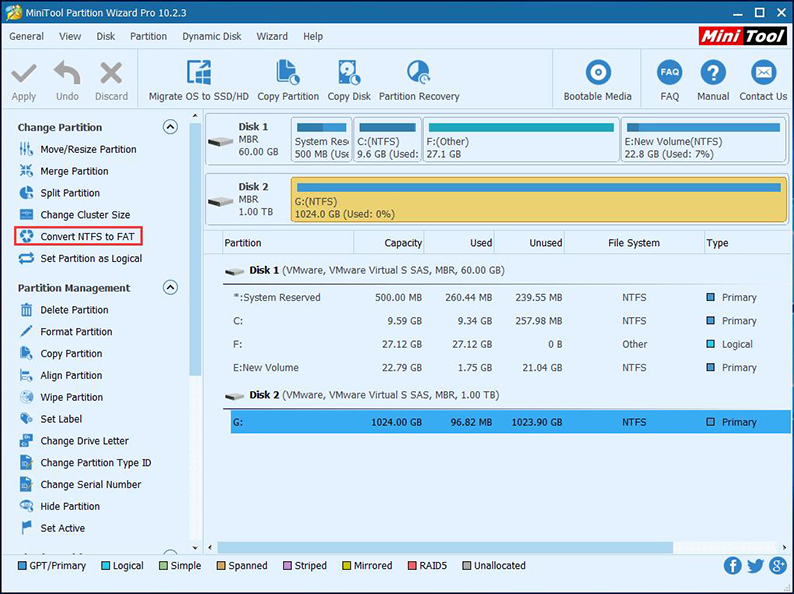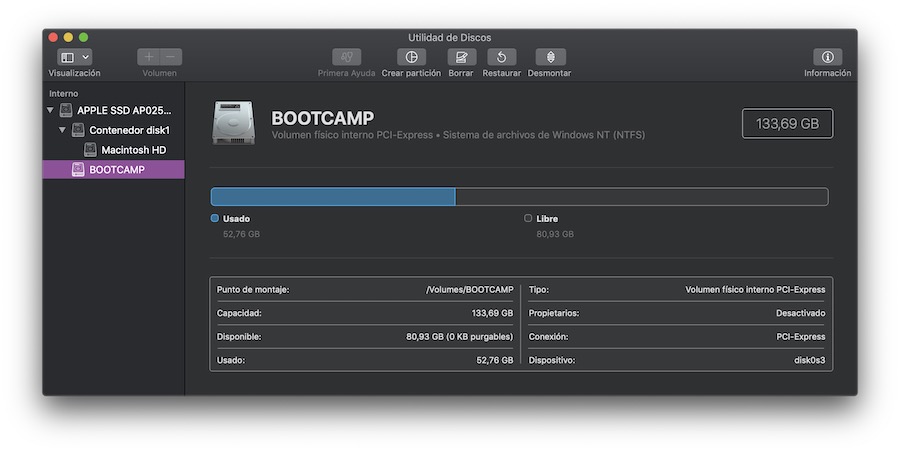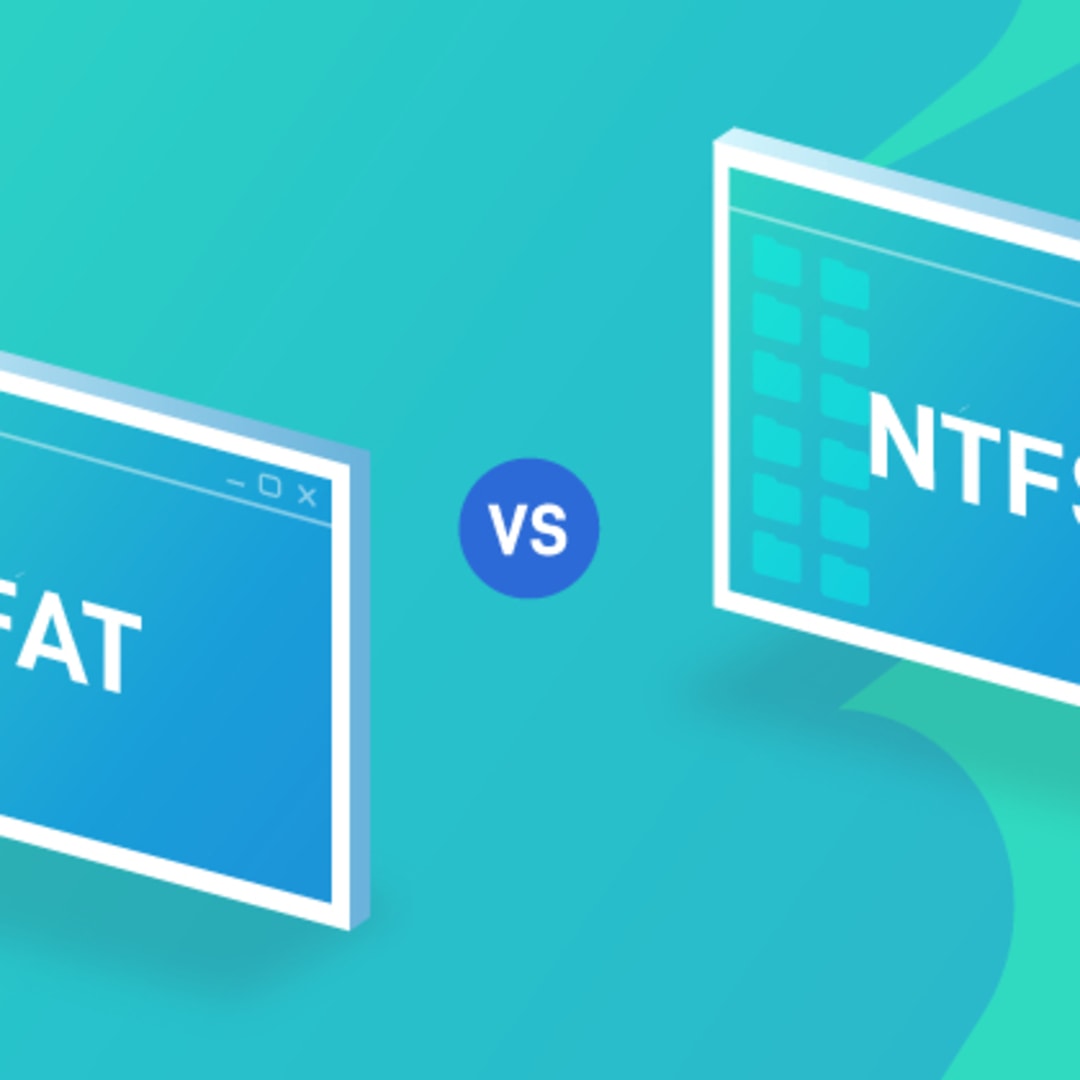

- #Ntfs or fat for mac for mac#
- #Ntfs or fat for mac mac os#
- #Ntfs or fat for mac upgrade#
- #Ntfs or fat for mac full#
- #Ntfs or fat for mac for android#
Não me lembro exatamente como foi formatado, mas acredito que foi feito com o DiskStation da Synology para o meu Synology NAS.
Eu tenho uma unidade externa Western Digital MyBook (25EE) de 8 TB. Depending on what you wish to do, you can access files, photos, stream music, check surveillance cameras, and more. 
#Ntfs or fat for mac for android#
Synology has a collection of mobile apps available for Android and iOS. The supported filesystems are FAT, FAT32, NTFS, ext3, ext4, hfs and hfs+. You need to buy it for $4.00 and it seems that you can only use PayPal to make the purchase. Second, the Synology NAS DiskStation does not come with exFAT support for external drives out of the box. Ganga Synology DS1517+ NAS Escritorio Ethernet Negro - Unidad RAID (Unidad de disco duro, SSD, M.2, SATA, 2.5/3.5", 0, 1, 5, 6, 10, JBOD, BTRFS,HFS+,NTFS,exFAT,ext3. Synology appears to have very robust software management and control. It took a little digging to find it, but once I'd downloaded it, everything went smoothly. #Ntfs or fat for mac upgrade#
The Synology O/S was smart enough to tell me the exact version of 5 to upgrade to first.
Took your advice and did the double upgrade to 5 then 6. Backup storage on C2 Storage can be purchased using one Synology Account and shared with multiple Synology NAS, increasing the flexibility of storage use. Try all the great features that C2 Storage offers before deciding whether it is the solution for you. Each Synology Account can activate a one-time 30-day free trial. I would like to get it to operate as it does out of the box with drives that are FAT formatted, where appears as one of its. I installed a library for exFAT support and I have to manually mount it via SSH. It has survived the test of time and is the only file system that can be used without additional software on all three operating systems. 
So if you are looking for a file system for your external drive compatible with Windows, Linux, and Mac OS, look no further than FAT32.
#Ntfs or fat for mac full#
Note: There is third-party software that can give full read and write access to file systems that are not compatible with an operating system by default. Full read and write compatibility by default. There are several advantages to EXT4, including larger volume and file sizes and backward compatibility with EXT2 and EXT3.ġ.
EXT4 ( Fourth Extended File System) - EXT4 replaced EXT3 as the default file system for Linux in the late '00s. One of the main advantages of EXT3 is its compatibility ( forward and backward) with EXT2. EXT3 ( Third Extended File System) - EXT3 replaced EXT2 as the default file system for Linux in the early '00s. Many versions of Linux still use EXT2 for the file system for USB flash drives. EXT2 ( Second Extended File System) - EXT2 replaced EXT as the default file system for Linux in the mid-'90s. EXT had a file system limit of 2GB and was soon replaced. EXT ( Extended File System) - EXT was the first file system designed specifically for Linux. #Ntfs or fat for mac for mac#
APFS ( Apple File System) - APFS is now the default file system for Mac OS, iOS, and iPadOS. 
#Ntfs or fat for mac mac os#
HFS+ is still supported in the Mac OS but is no longer the default file system.
HFS+ ( Hierarchical File System Extended) - HFS+ was the replacement for the HFS file system as it supported larger file sizes. Starting with Mac OS 10.15, support for HFS was removed. Over the years, support for HFS has been cut back to read-only in newer Mac OS versions. HFS ( Hierarchical File System) - HFS was the original file system for the Mac OS. It appeared in Windows Server 2012, and support for it has been removed from Windows 10. ReFS ( Resilient File System) - ReFS was created to overcome some of the problems NTFS had with data storage. NTFS ( NT File System) - Microsoft introduced NTFS in Windows NT 3.1, and is now the default file system for Windows. exFAT ( Extensible File Allocation Table) - exFAT was designed as a replacement for FAT and optimized for USB flash drives and SD cards. With the limited file size ( 4GB for FAT32) and limited volume size ( 32TB for FAT32), and the ever-increasing size of drives, FAT is now used only for smaller USB drives. FAT ( File Allocation Table) ( FAT12, FAT16, FAT32) - FAT was initially developed for floppy disks and was soon adapted to hard drives and other devices. So here is a list of the various file systems and what operating systems they work with. One file system may be fully compatible ( read and write) with your OS, while another may not be compatible at all. With the three top operating systems, it is hard to know exactly what file system your operating system will work with.








 0 kommentar(er)
0 kommentar(er)
